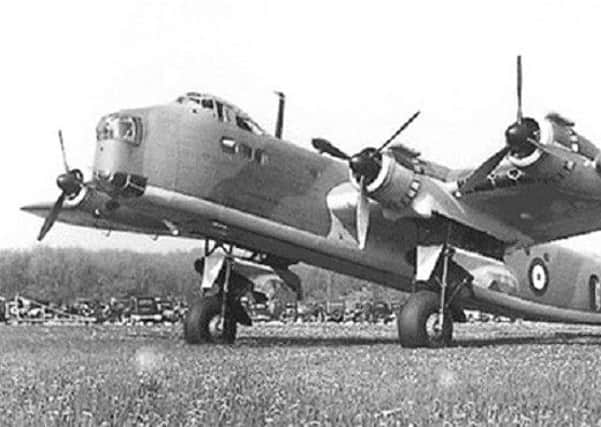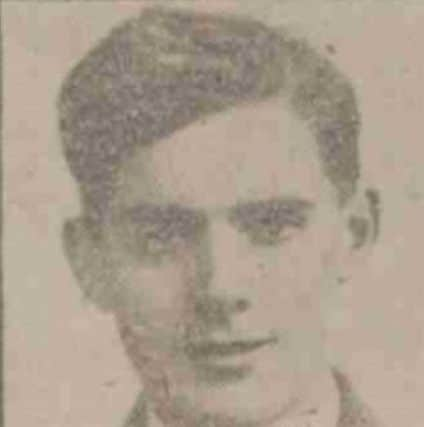How South Shields' captain courageous saved the lives of his crew


During his heroic service to king and country, Sidney was awarded the Distinguished Flying Cross (DFC) and the Distinguished Flying Medal (DFM).
Today, local historian Dorothy Ramser reveals why he gained the DFM.


Advertisement
Hide AdAdvertisement
Hide AdHis citation reads:“Temporary Sgt S G Falconer was captain of a Stirling aircraft which set out to raid Bremen on the night of 27-28 June 1942.
“About two miles over the Dutch coast, in the light of a full moon, the aircraft was attacked by a JU88, which climbed suddenly from about 3,000ft below on the port bow, passed underneath and then came in on the port quarter.
“At the same time Sgt Falconer saw a second JU88 coming in from the starboard bow and, immediately afterwards, the rear gunner reported an ME110 approaching from dead astern.
“The ME110 and the rear gunner opened fire simultaneously at about 350 yards, the Stirling’s rear turret being rendered useless at once.


Advertisement
Hide AdAdvertisement
Hide Ad“The mid upper gunner took over fire control, but a burst from the Messerschmitt, which was now coming in from the starboard and above, put that turret out of action.
“In the meantime, the first JU88 had shot away the British bomber’s rear turret pipe lines, and the second JU88 had been pumping her with tracer.
“The first JU88 attacked from dead ahead and, although the front gunner returned fire, his turret was rendered unserviceable after the first burst.
“During the whole of the combat, Sgt Falconer had been taking violent evasive action.
Advertisement
Hide AdAdvertisement
Hide Ad“Just when it seemed like he had shaken off his three attackers, a single-engined unidentified enemy fighter appeared, and raked the Stirling from nose to tail.
“The complete battle lasted for nearly 20 minutes, and was fought from 15,000ft down to sea level (the Stirling’s trailing aerial was actually whipped off over the Zuider Zee).
“With two of his crew wounded, his front-mid upper turrets useless, his astrodome, blind flying panel and oxygen system shot away, flying controls and control stick damaged, brake system, intercom and TR9 out of action, Sgt Falconer set course for home and weaved his way through strong concentrations of light flak over the Dutch coast.
“Sgt Falconer showed daring and adroitness of a very high order. His cool courage and command of the situation were remarkable.
Advertisement
Hide AdAdvertisement
Hide Ad“His expert and stout hearted captaincy undoubtedly saved the lives of his crew. He has now taken part in 20 operational sorties embracing 101 operational hours.
“His loyalty, fearlessness and sense of duty are outstanding. He is very strongly recommended for the immediate award of the DFM.”
Falconer managed to land the aircraft with his wounded comrades on board.
The RAF ground crew could do nothing with the badly shot-up plane. It did not return to service until 1943.
Advertisement
Hide AdAdvertisement
Hide AdThis raid on Bremen consisted of 144 aircraft – nine of which were lost.
The aircraft bombed blindly through cloud after obtaining Gee Fixes (Gee navigation was a radio navigation system that could produce accuracy of a few hundred metres at ranges to about 350 miles.
It was used for the first time on a raid on Essen in March 1942) – the important targets of the Atlas Werke shipbuilding company and Korff Oil Refinery were severely damaged.
On the ground seven were killed and 80 injured.
Next time: We hear more of Sidney’s daring exploits against the formidable Luftwaffe.